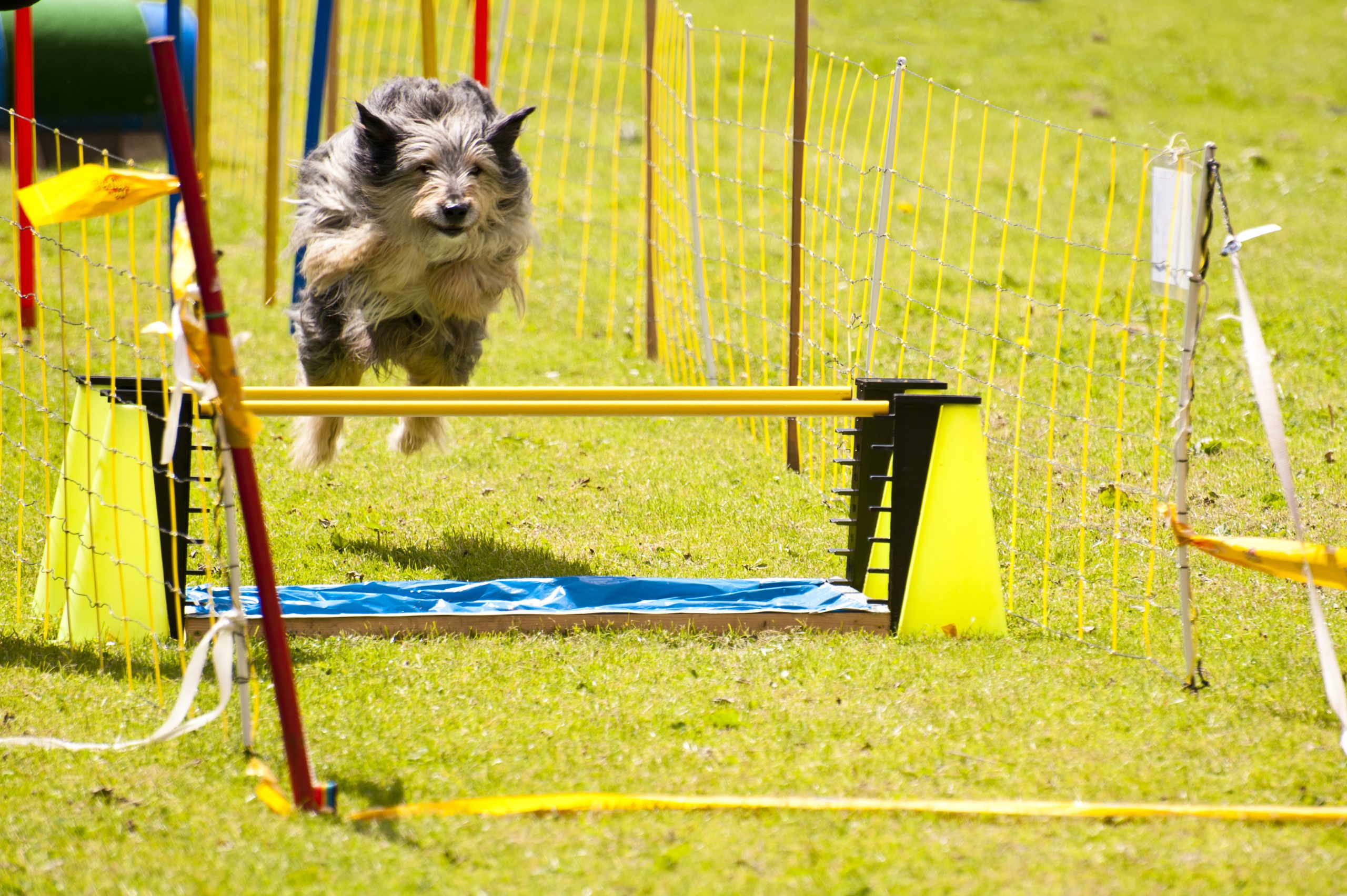Positive reinforcement training is an effective and humane way of teaching your puppy good behavior. It involves using rewards, such as treats or praise, to encourage desirable behaviors while ignoring unwanted ones. This approach is based on the principle that dogs learn best when they are motivated by positive experiences rather than fear or punishment.
In this blog post, we will explore how you can use positive reinforcement training to teach your puppy basic commands and address common behavioral issues. We’ll also discuss why consistency and patience are essential for successful dog training.
Introduction to Positive Reinforcement Training
Positive reinforcement training is all about building a strong relationship between you and your puppy based on trust and respect. Instead of using force or intimidation, you’ll be using rewards to shape your pup’s behavior in a positive way. Whenever your puppy does something right, you’ll reward him with a treat or some verbal praise. Over time, he’ll start to associate his good behavior with these rewards and will want to repeat them.

The Importance of Consistency and Patience
Consistency and patience are critical components of any successful dog training program. You need to make sure that everyone who interacts with your puppy uses the same techniques and language so that he doesn’t get confused. Additionally, you should always be patient and understanding when working with your pup. Remember that he’s still learning and may not pick up new skills overnight. With consistent practice and plenty of encouragement, however, he’ll eventually master even the most challenging tasks.
Teaching Your Puppy Basic Commands
One of the first things you’ll want to teach your puppy is basic obedience commands like “sit,” “stay,” and “come.” These commands form the foundation of a well-behaved dog and will help set the tone for future training sessions. To teach these commands using positive reinforcement, follow these steps:
1. Choose a quiet place where there won’t be too many distractions.
2. Get your puppy’s attention by saying his name or making a noise.
3. Show him what you want him to do by physically guiding him into position (e.g., sitting).
4. As soon as he assumes the correct position, give him a treat or praise him enthusiastically.
5. Repeat the command several times until your puppy starts to understand what you want from him.
Addressing Common Behavioral Issues with Positive Reinforcement
While positive reinforcement training works great for teaching basic commands, it can also be used to address more serious behavioral issues. For example, if your puppy has a tendency to jump on people or bark excessively, you can use positive reinforcement to discourage those behaviors and replace them with better alternatives. Here’s how:
1. Identify the problem behavior and decide what you want your puppy to do instead.
2. Use positive reinforcement to encourage the desired behavior every time your puppy exhibits it.
3. Ignore or redirect the undesired behavior whenever possible.
4. Keep practicing until the new behavior becomes habitual.
Common Questions People Ask
What is Introduction to Positive Reinforcement Training and how does it work?
At its core, Introduction to Positive Reinforcement Training refers to the process or practice of Introduction to Positive Reinforcement Training in a defined context. In a simple project you might allocate 5–10 hours to learn and experiment with basic techniques. For example, someone starting out could focus on one key activity and measure how it improves their results. Understanding these mechanics helps you plan budgets, pick tools, and set realistic expectations.
How do you get started with Introduction to Positive Reinforcement Training?
- Research at least two reputable sources to learn the fundamentals of Introduction to Positive Reinforcement Training.
- Gather essential materials and set a small budget (for example, $50) for supplies.
- Create a step-by-step plan and dedicate 30 minutes each day to practice.
- Track your progress in a journal or spreadsheet and adjust based on what you learn.
What tools or supplies do you need for Introduction to Positive Reinforcement Training?
Most projects involving Introduction to Positive Reinforcement Training require a handful of basic tools. A beginner should obtain at least three of the following: a measuring tape or ruler, a reliable container or workspace, and a notepad or digital app for tracking data. Depending on your focus, you might also need a timer or specific handheld tools like a trowel or screwdriver. Starting with these essentials keeps costs manageable and lets you focus on technique.
Conclusion
By using positive reinforcement training, you can create a strong bond with your puppy while also teaching him important life skills. Whether you’re looking to teach basic commands or address common behavioral issues, positive reinforcement can provide a gentle yet effective solution. Just remember to stay consistent and patient throughout the process, and before long, you’ll have a well-behaved dog who loves to please you!